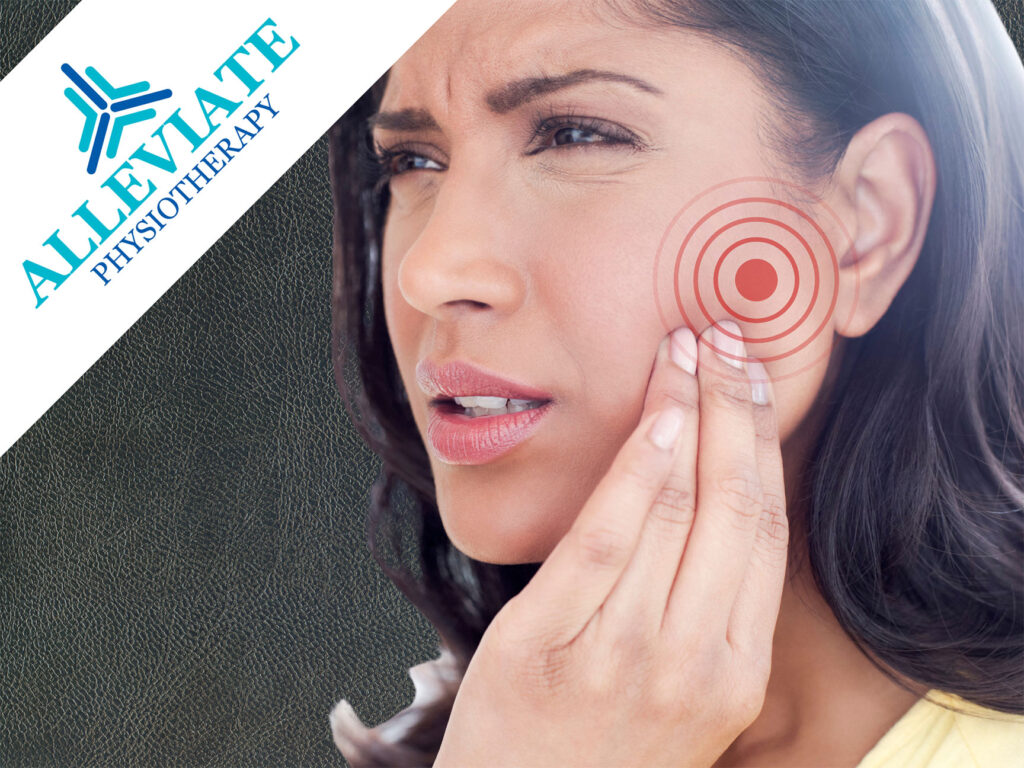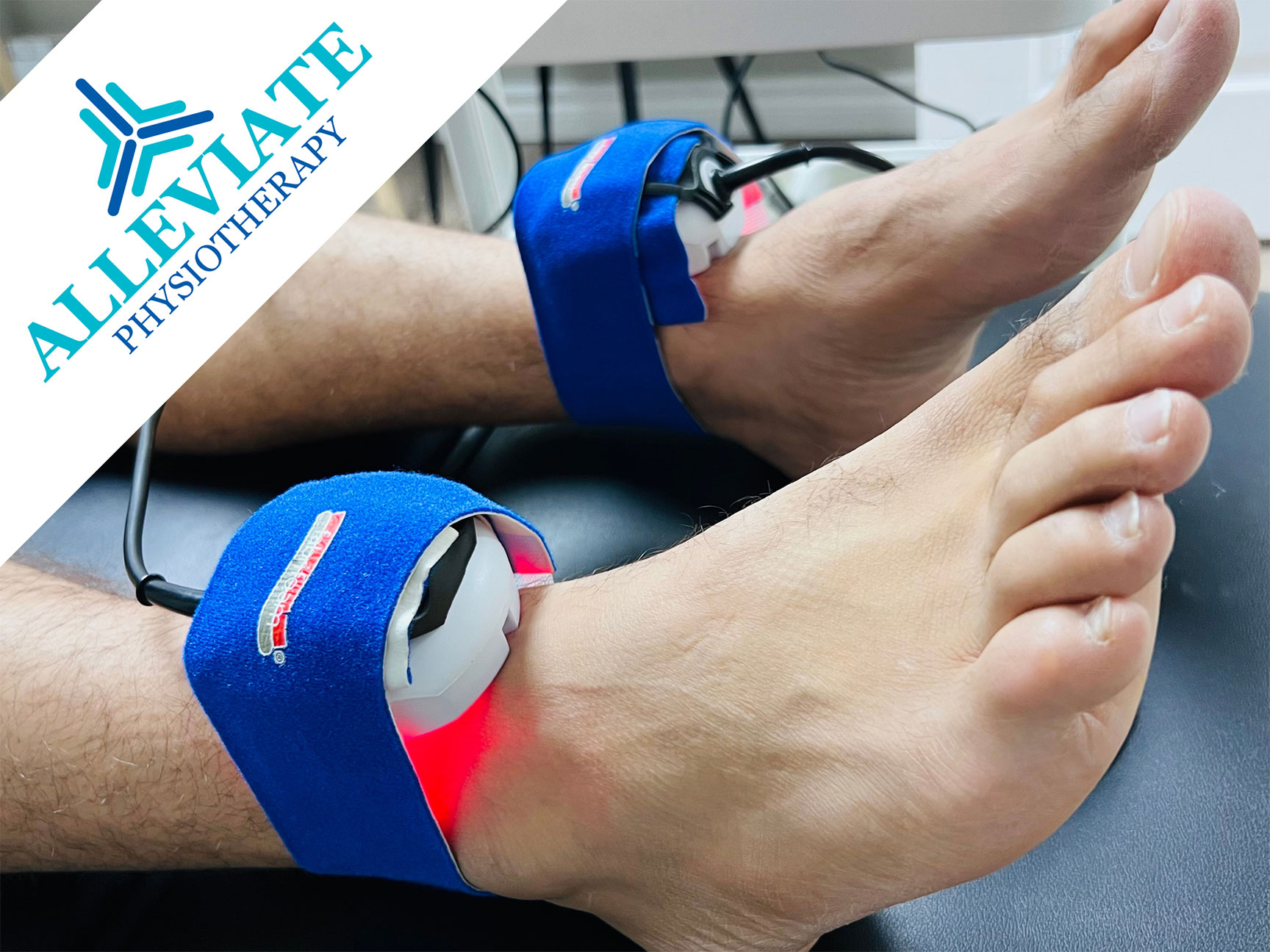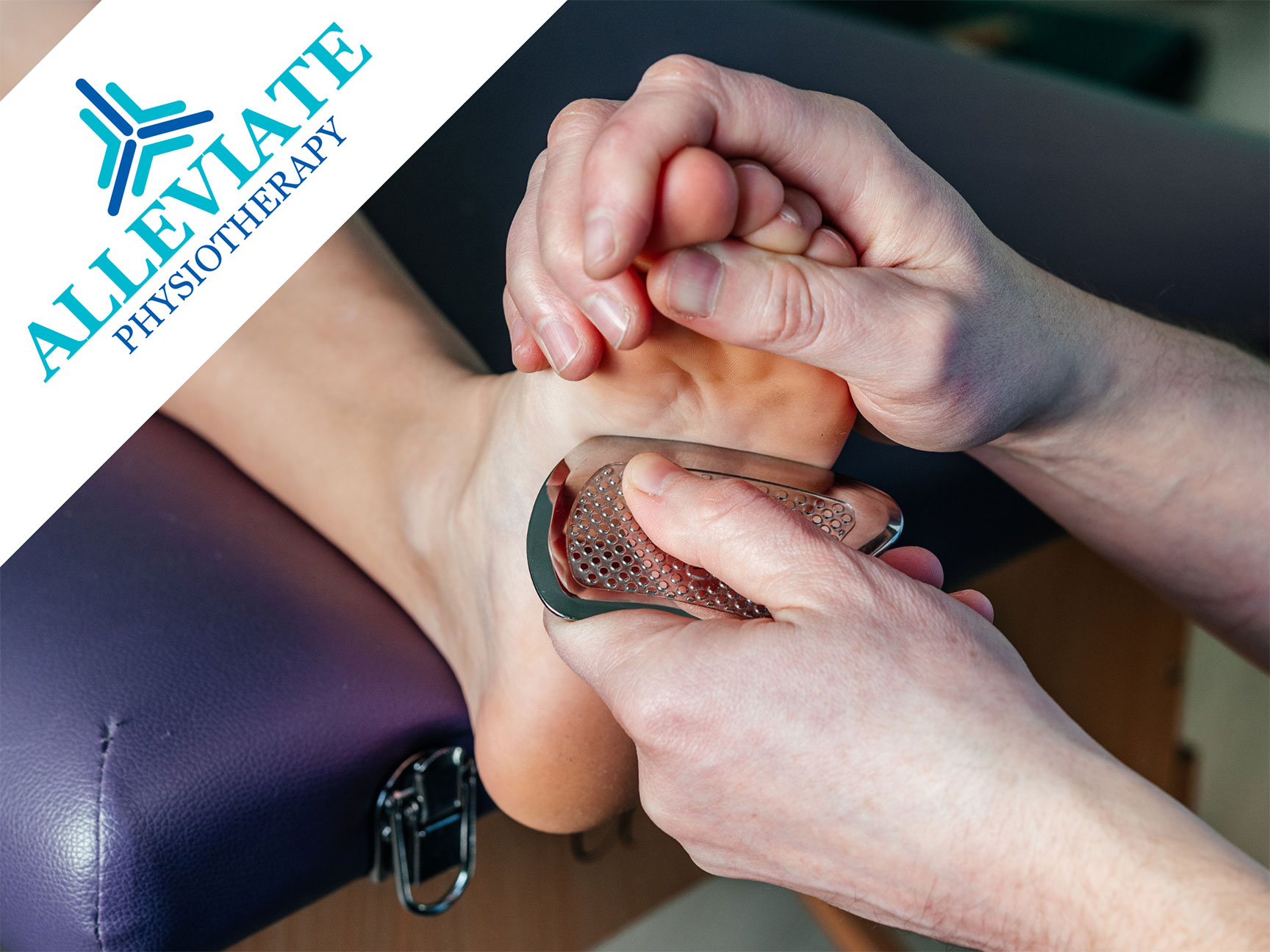Temporo-Mandibular Joint (TMJ) Physiotherapy / Chiropractic Care
Do you hear a sudden click sound in your jaws while chewing food, talking or yawning? Do you sometimes have a sharp pain in your jaw? Have you felt your jaws going stiff and aching? If so, you may be experiencing symptoms of a Temporo-Mandibular Joint (TMJ) dysfunction. Are you looking for Best TMJ Treatment?
What is TMJ?
TMJ is a joint between your jaw and the lower part of the skull. The muscles surrounding the TMJ are rich in blood supply and nerves and help in the opening and closing of the mouth, chewing, speaking, etc. You can feel the TMJ by placing your finger slightly in front of your ears, at the level of your nostrils while opening and closing your mouth. There is a cartilage disc between the two bony surfaces which helps reduce the stress that trespasses the joint during its function.

What is TMJ dysfunction?
When you have pain, tenderness and difficulty in movement at the site of the joint, it is termed as TMJ Dysfunction (TMJD). Possible causes for TMJD are weakness in the muscles associated with the joint, aging, improper head and neck posture, degeneration or erosion of the cartilage disc at the joint, stress and injury to the jaw or the surrounding structures.
How do I know if I have TMJD?
There are a few alarming signs by which you can know if you are suffering from TMJD Stiffness at the joint site, difficulty in closing or opening of the mouth, clicking, grinding or popping sound while chewing, yawning or talking, headache, ear pain, ringing sound in the ear (tinnitus) and dizziness are a few signs of TMJD and should not be ignored.
What can I do at home to relieve the symptoms?
If you wish to do self-management of this dysfunction, following are a few remedies for a temporary relief:
- Gently massage your jaws and temple to release muscle tension.
- Apply heat. It will relax the soft tissues in and around the joint and reduce stiffness.
- Avoid biting nails. It clenches teeth.
- Avoid hard foods. It increases pressure over the disk of the joint.
If trying any of the above-mentioned self-care tips does not relieve your symptoms,it is wise to seek professional medical help.
What are the treatment options for a TMJD?
Depending on the severity, a range of treatment protocols are available but the best conservative method such as tmj Chiropractic, tmj physiotherapy, tmj Osteopath should be the first line of action in your care model.
How does physiotherapy help in TMJD?
Physiotherapy for TMJ can help you to gain sustainable recovery and return to function effectively. First of all, physiotherapy can help assess and diagnose the cause for your TMJD. Depending on the diagnosis, a physiotherapist can perform exercises such as postural correction techniques, mobilization of the joint, relaxation of the muscles associated with the TMJ and various jaw mobility regimens. A night splint may be recommended for the face to avoid clenching and grinding of the teeth.
Have more questions?
A pain-free life is just a call away.
Feel free to Book a Free Consultation
OR
Check out our Services and Therapist Profiles
Your healthcare is our priority; we don’t just Alleviate PAIN, we also Alleviate your QUALITY OF LIFE by improved mobility and daily functioning.









